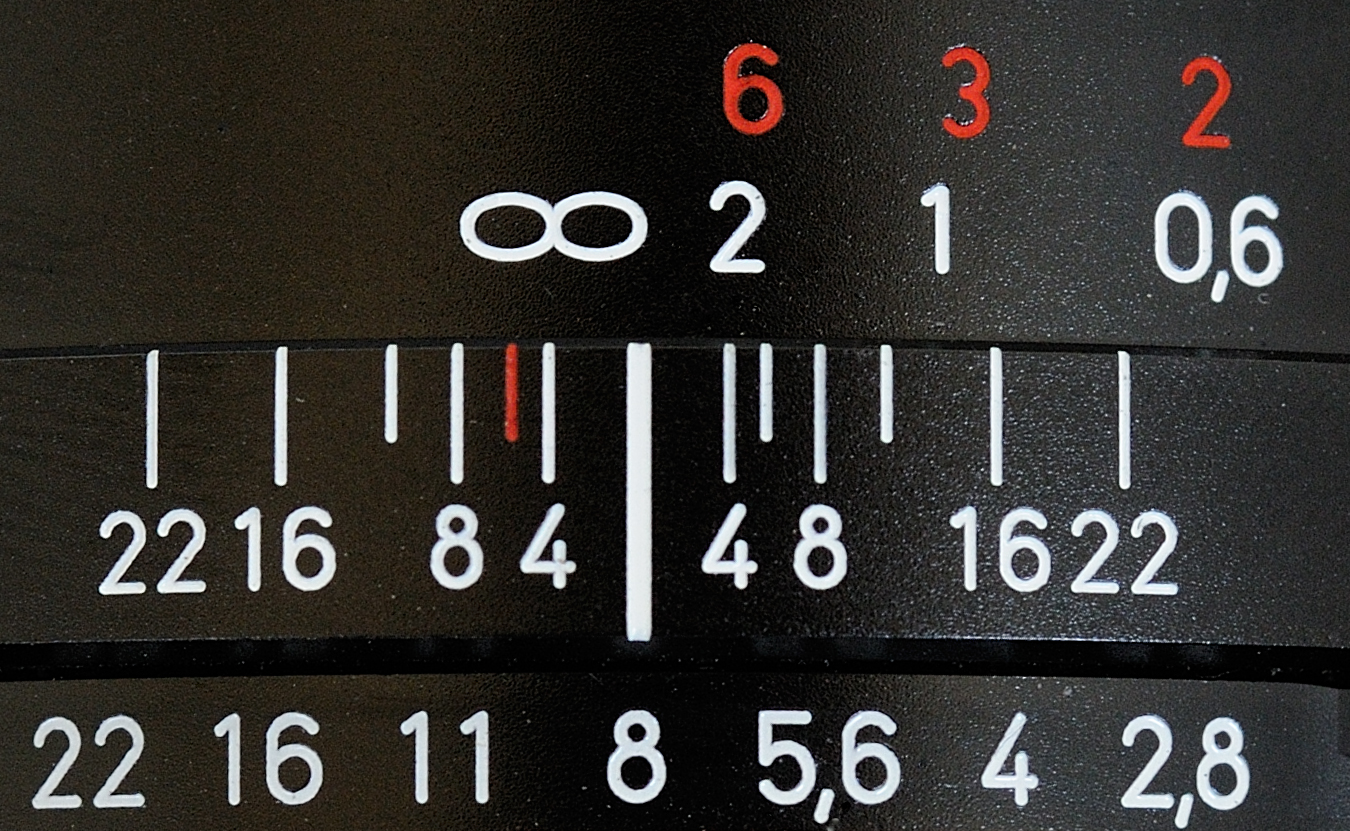EXCERPT page containing first few paragraphs. 2024-04-25 01:08:40
UA_SEARCH_BOT_compatible_botmozilla/5.0 applewebkit/537.36 (khtml, like gecko; compatible; claudebot/1.0; +claudebot@anthropic.com) @ 3.136.18.48
For full access, subscribe here. Or click title to login. ![]()
Practical Tips
More depth of field is not always better, sometimes less is better. An f/1.4 lens offers extra versatility, because it has less depth of field at f/1.4, and better performance at f/2 than an f/2 lens (usually). But beware of focus shift, which argues for the f/2 lens! See the tip on focus shift in Best Practices — Focusing Tips — Autofocus.
Focus carefully, always
For large prints, accurate focus is essential. Stopping down helps, but overcomes only a modest amount of error; f/2.8 vs f/11 is only a factor of four (4) in resolved (linear) detail, hardly enough to compensate for a focus error of even a few feet at 10 feet with a 21mm lens. Try it yourself on an outdoor subject and critically assess your images; it’s demanding work to “nail” it. This problem will only worsen with future DSLRs in the 30-40 megapixel range.
Article continues for subscribers...
Diglloyd Making Sharp Images is by yearly subscription. Subscribe now for about 13 cents a day ($50/year).
BEST DEAL: get full access to ALL 8 PUBLICATIONS for only about 75 cents a day!
Diglloyd Making Sharp Images articulates years of best practices and how-to, painstakingly learned over a decade of camera and lens evaluation.
Save yourself those years of trial and error by jump-starting your photographic technical execution when making the image. The best lens or camera is handicapped if the photographer fails to master perfect shot discipline. High-resolution digital cameras are unforgiving of errors, at least if one wants the best possible results.
- Eases into photographic challenges with an introductory section.
- Covers aspects of digital sensor technology that relate to getting the best image quality.
- Technique section discusses every aspect of making a sharp image handheld or on a tripod.
- Depth of field and how to bypass depth of field limitations via focus stacking.
- Optical aberrations: what they are, what they look like, and what to do about them.
- MTF, field curvature, focus shift: insight into the limitations of lab tests and why imaging performance is far more complex than it appears.
- Optical aberrations: what they are, what they look like, and what to do about them.
- How to test a lens for a “bad sample”.
Intrigued? See Focusing Zeiss DSLR Lenses For Peak Performance, PART ONE: The Challenges, or (one topic of many) field curvature.

Focus is also slightly biased to infinity in this example (Zeiss ZF 21/2.8 Distagon)

